Welcome to the first Wonders of the First game design brief!
I’m Brian Tinsman, the lead game designer on Wonders of The First. First, a little on my background. I’ve shipped over 50 games and was lead designer on 8 Magic: the Gathering sets and a designer on the original Pokemon CCG in 1999-2000. In addition, I have lead design experience on 15+ collectible card game products. I’ve been lucky to work with an excellent and dedicated team of designers on Wonders and they deserve lots of accolades for the work they’ve done.
In this brief, I’d like to give an overview of the WotF design team’s approach.
On a CCG like this, the design strategy sorts into three steps.
1. First, we always approach game design by clarifying the goals of the game and most importantly, defining the audience.
The number one question when starting a new game design is: Who is it for? What do these players want out of a game? What will draw them in and what will keep them interested for years to come? What kind of events, trading, or partners will the players want? Every design decision will revolve around the wants of the audience.
2. Next, we create the system design strategy.
This focuses on the structure of a game play session. How do you win? What do you do on a turn? What are the basic card types? What are the places cards can go, such as hand, board, and boneyard? What are the resources? System design also involves metagame systems, such as, how many rarity tiers? What are the deckbuilding rules? How long should a game last? And most importantly, what are the most exciting moments of play?
3. Third, we create the set design strategy.
What are the factions, mechanics, and abilities of each card? What is each deck type’s preferred strategy? Are there good strategic combinations of the various orbitals and factions? What character and art goes with which abilities? What’s the right mix of top-down and bottom-up design? How big is the card set?
Let’s take a look at how we answered all these questions.

Game Design Goals
- Make a game with the depth and strategic interest to attract and keep hardcore CCG players.
- Make a game that nails the combination of game play and art, lore, and characters.
- Create game play that delivers interest, excitement, and leans toward rewarding skill over luck.
- Have a good mix of familiar elements (to make the game easy to learn and play) and new elements (to make the game feel fresh and different.)
- Have reasonable opportunities for response and counterplay without an overly complex and time-consuming priority sequence.
- Have a robust and deep meta with lots of viable deck types. This will help make sure every card in a collection has value.
- Create a game that can support many play formats such as draft, constructed, and multiplayer for both casual and tournament play.
- Create a system that can support new cards (and only new cards) for decades to come without power creep.
This last bullet was an unusual challenge given our constraint of no reprints. As far as I know, there has never been a CCG that unequivocally took the position “No reprints ever.”
As far as I know, there has never been a CCG that unequivocally took the position “No reprints ever.”
Brian Tinsman

Pillars of System Design
- The goal of the game is to conquer the most of 7 zones within 7 rounds. Each time you conquer a zone you capture a stone that produces energy for you. But guard it well, since an opponent can take it from you later.
- This is a big difference from games that focus on player life totals, and owes some lineage to Richard Garfield’s Star Wars ccg, Gwent, and Marvel Snap.
- To balance this, the card abilities should generally be quite familiar and play similarly to those in top ccgs. So experienced players will find and understand strategies right away.
- Games should usually last around 20 minutes so it’s possible to have a 3 game tournament match in an hour. To accomplish this, we put some elements on rails, such as resource generation and capped number of rounds to keep most games in the time window.
- 6 Orbitals, comprising 6 colors.
- Petraia (Green): Wilderness and growth.
- Thalwind (Blue): Sea, exploration, and weather.
- Solfera (Red): Earth, fire, war, and wealth.
- Heliosynth (Yellow): Technology and knowledge.
- Umbrathene (Purple): Darkness and void.
- Boundless (White): Divinity, justice, and the cosmos.
- 9 card Hierarchies (types).
- Stoneseekers (Legendary, Primary, and Creatures)
- Lands
- Weapons (and Legendary Weapons)
- Items (and Legendary Artifacts)
- Spells
- Each player gets 3 actions each round and alternates using them one at a time. This allows a lot of flexibility, counterplay, and skill-testing decisions as more and more resources become available to players over the course of the 7 rounds.
- Decks are 50 cards, with 1 to 3 copies of each card allowed. This gives a good variety of game play. Other formats will be available in the future.

Pillars of Set Design
- A good mix of strategies. Some examples:
- Aggressive fast attack
- Midgame value/control
- Lategame fatties attack/control
- Relentless repeat attacks
- Defense + final turn reversal (Ascend)
- Weapons strategy
- Removal and spell recursion
- Discard and reanimation
- Deck destruction
- Flying and mobility control
- +1 counters and buffing combo
- Token building
- Rage and energy ramp
- Action constraint/denial
- Light on fetching and shuffling mechanics. “Search your deck for something” has long been a staple of ccgs, and is often a vital tool for combo players that need a combo piece. To them we say, tough luck. Combos are still viable, but you will more often have to rip your pieces off the top like the rest of us. This creates more variety of outcomes. We also have stuff like “look at the top 5 cards of your deck, keep one, and discard the rest,” which is easy and fast.
- Card designs that contain pieces of stories. Worldbuilding with community is at the forefront. Some cards have backstories that we are building and others will be up to the community.
- A large set size, over 300 cards. This ensures lots of strategic options and it means you will see relatively fewer repeat cards when you open packs.
- Eye-catching, bold, color-saturated art that fits a full card aspect ratio.
- Tons of character classes to build around, and to keep for future value. Even if your Lich doesn’t seem to do much today, there could always be a future Lich lord that makes it essential in a new deck. We want to create those moments.
That’s a good start for today. See you in Discord!



